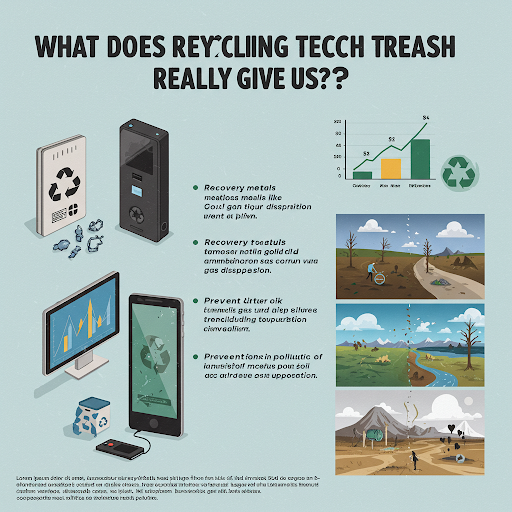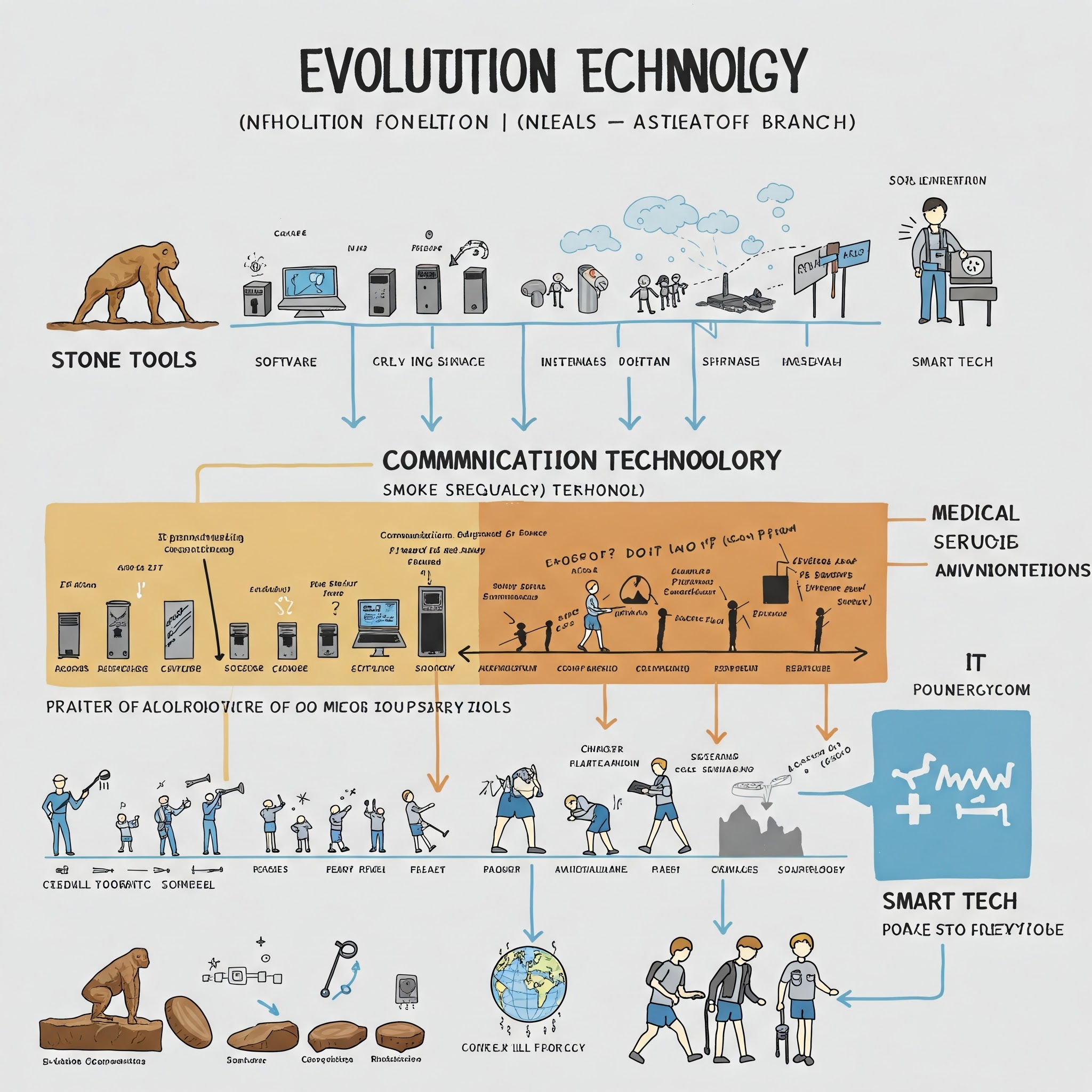In today’s hyper-digital age, every home and office is filled with electronic gadgets, smartphones, laptops, tablets, routers, and other tech. But what happens when these devices break down or become outdated? Most of them end up as electronic waste (e-waste), a toxic mix of metals, plastics, and chemicals.
Yet, when we choose to recycle this tech trash, we do more than declutter a drawer—we participate in a cycle that brings immense environmental, economic, and social rewards.
This article explores what recycling tech trash gives us, revealing the hidden power behind a practice that’s more important now than ever before.
What Is Tech Trash or E-Waste?
Tech trash, or e-waste, refers to discarded electronic devices that are no longer in use or are no longer functional. This includes:
-
Mobile phones
-
Laptops & desktops
-
Televisions
-
Printers & scanners
-
Cables, batteries, and circuit boards
According to the Global E-Waste Monitor 2020, the world generated over 53.6 million metric tons of e-waste in 2019, and only 17.4% was properly recycled.
That’s a major opportunity and a major threat.
Environmental Benefits: Why Recycling E-Waste Matters
1. Reduces Toxic Pollution
Many electronic devices contain harmful substances such as:
-
Lead
-
Mercury
-
Cadmium
-
Arsenic
Improper disposal of e-waste can cause these toxins to seep into soil and groundwater, leading to serious health hazards.
🔗 External Source: EPA on e-waste hazards
Recycling helps contain these toxic elements, preventing them from contaminating ecosystems and communities.
2. Conserves Natural Resources
Electronics contain valuable raw materials like:
-
Gold
-
Silver
-
Palladium
-
Copper
-
Rare earth elements
Mining these materials causes deforestation, water pollution, and energy consumption. Recycling tech trash allows us to recover and reuse these resources, reducing the need for new extraction.
Economic Advantages: How Recycling Tech Trash Pays Off
3. Boosts the Circular Economy
Recycling tech trash supports the circular economy, where materials are reused and reintegrated rather than wasted.
This model:
-
Reduces production costs
-
Creates new materials from old ones
-
Minimizes landfill overflow
Businesses and governments benefit by saving money on materials and waste management.
4. Creates Jobs and Innovation
The e-waste recycling sector is a growing industry. It supports:
-
Technicians
-
Dismantlers
-
Recyclers
-
Engineers
-
Logistics companies
In countries like India, Ghana, and Brazil, responsible e-waste recycling creates thousands of green jobs and encourages the development of clean technologies.
5. Reduces the Cost of New Electronics
By reclaiming valuable metals and plastics, manufacturers can cut production costs. These savings can (and sometimes do) translate to lower prices for consumers, making electronics more affordable and accessible.
Social Impact: How Recycling Tech Trash Uplifts Communities
6. Promotes Health and Safety
In many developing countries, informal workers handle e-waste without protection. They burn wires to recover copper, inhale toxic fumes, and expose themselves to deadly chemicals.
Supporting certified recycling centers helps move workers from dangerous informal jobs to regulated, safer employment, which improves community health outcomes.
Reduces the Digital Divide
Refurbished electronics, recovered from e-waste, can be donated to schools, libraries, and low-income communities. This helps:
-
Improve digital literacy
-
Support education
-
Provide access to technology
Organizations like Computers for Schools and TechSoup specialize in refurbishing recycled devices for global use.
What Happens If We Don’t Recycle?
If tech trash is not recycled, the consequences are dire:
-
Mountains of e-waste end up in landfills
-
Toxins leach into our water and food
-
Valuable resources go to waste
-
The climate crisis worsens due to emissions from improper disposal
Every phone or laptop we throw away contributes to a growing environmental and humanitarian disaster.
What You Can Do: Easy Steps to Recycle Tech Trash
-
Use Manufacturer Take-Back Programs
Brands like Apple, Dell, HP, and Samsung offer recycling or trade-in options. -
Donate Old Devices
If your gadget still works, donate it to someone who needs it. -
Visit E-Waste Collection Drives
Local governments and NGOs often host drives. Search “[your city] + e-waste recycling”. -
Use Certified E-Recyclers
Look for R2 or e-Stewards certified recyclers that follow responsible practices. -
Reduce & Repair Before You Replace
Prolong device life with software updates, repairs, and protective accessories.
Future Outlook: Smarter Tech, Smarter Recycling
As sustainability becomes a global priority, tech companies are redesigning gadgets for recyclability. Some future trends include:
-
Modular electronics (easier to repair)
-
Biodegradable components
-
AI-driven sorting systems in recycling plants
The push for “Right to Repair” legislation is also gaining ground, giving consumers more control over device lifespans.
What Does Recycling Tech Trash Give?
To answer the question: Recycling tech trash gives us a cleaner planet, safer communities, smarter economies, and a fairer world.
It’s more than a personal action, it’s a collective solution.
Each time we choose to recycle instead of discard, we reclaim resources, protect nature, support ethical jobs, and build a sustainable digital future.
The next time you hold an old phone or broken laptop, remember: It’s not trash, it’s potential.



